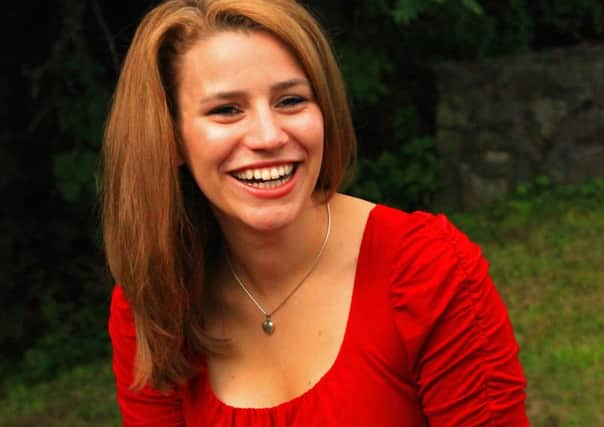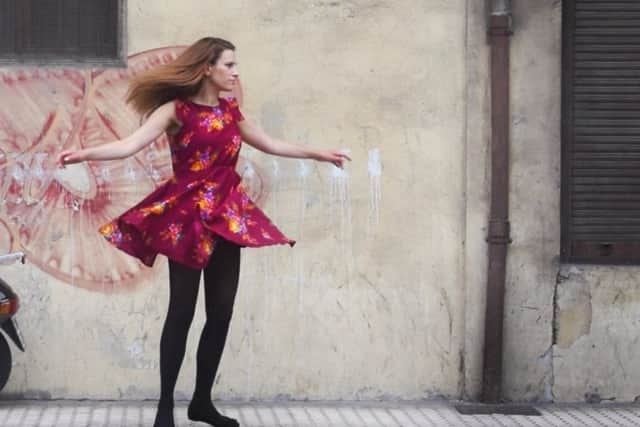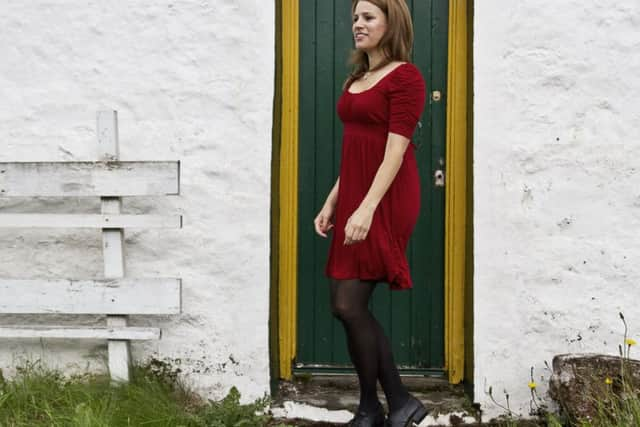Ancient Gaelic step dance tradition being kept alive


Sophie Stephenson, originally from Fort Augustus, is an expert in Scottish step dance.
She has taught and performed the traditional dance style in countries around the world, including Canada, the US, Norway and Spain, showcasing the relevance of the timeworn artform in both a Scottish and International context.
Advertisement
Hide AdAdvertisement
Hide AdStep dance is a percussive dance style that was almost lost in Scotland before its re-introduction two decades ago.


Its survival can be attributed to the 18th century New World settlers who have passed down the traditional Gaelic arts to their descendants over the centuries.
Like the stories, music and crafts, step dancing is still very much alive in communities across the Atlantic today, particularly in the Canadian Maritimes, and was more recently re-introduced into Scotland’s folk scene through workshops and festivals.
At the age of 11, Sophie took her first step dance classes with pioneering dancer Harvey Beaton from Cape Breton.


After university, she moved to South Uist to immerse herself in Gaelic language and culture whilst attending a course in traditional music at the University of the Highlands and Islands in Benbecula.
It was here that she began teaching weekly step classes. A dance travel scholarship then took her to Cape Breton and Prince Edward Island where she learned all about the style in a community context.
She came to Sabhal Mòr Ostaig in Sleat in 2013 to study Gaelic and now works in the college’s marketing department, while still teaching step dance through her Sophabulous Step Dance classes and workshops.
Advertisement
Hide AdAdvertisement
Hide AdWhilst her steps are rooted in a uniquely Scottish or Cape Breton style, Sophie is international in her outlook and endeavours to make connections with other percussive dance styles and music and dance cultures.


To this end, she has been involved in a number of international creative projects including Tosta (Gaelic and Basque), Keltika (Basque, Breton, Irish and Scottish) and Three Feet, Six Shoes (Scottish, Irish and Flamenco).
Sophie aims to approach the style in a fresh and inspiring way. She says she is less concerned with notions of trying to revive and or preserve an old tradition but rather to promote the dance and realise its relevance within today’s Scottish context.
To this end, she has undertaken a wide range of recent collaborations including TradBeats, which features Gaelic mouth music, step dance, beatboxing and body percussion; Highland hip hop ensemble Spring Break, a film project with Basque rap and step dance on the txallaparta (Basque instrument), and ‘Threads’ theatre production with Stellar Quines Theatre Company.
Sophie said: “I am trying to promote a fresh take on the tradition by bringing it into theatre and film and through collaborating with international artists.


“Step dance is a natural response to music. If you can feel the music, it is normal to want to dance to it. For me, it’s like playing along to the tunes with your feet”
“Step dance is not intended to be a spectacle. Whether it’s on stage, as part of social dance or just jamming along at a session, it’s about responding to the music and being part of the music, like a musician.”
Advertisement
Hide AdAdvertisement
Hide Ad“I teach my students the basic traditional steps. How they put these together to express themselves is up to them.”
“I believe there is a lot of potential for step dance to be further integrated within traditional music in Scotland. We have a vibrant trad scene with sessions, cèilidhs, festivals and touring musicians. Step dance has a place in all of these contexts and is accessible to anyone who wants to learn.”
Sophie was selected as one of the artists to represent Scotland at the Festival Interceltique de Lorient this August in Brittany where she will be performing alongside Capercaillie.
She then returns to Skye where she will be holding a Sophabulous Step Dance Weekend, with workshops at Sabhal Mòr Ostaig during the Skye Festival – Fèis an Eilein.
The weekend event takes place on 19 and 20 August and is suitable for adults and children over 12. Students will have a chance to try out their newly learned steps, if they so wish, at an informal music session on the Saturday evening.
The weekend is available as a residential course or two consecutive day courses and places are limited. To book a place visit www.skyefestival.scot or telephone SEALL on 01471 844207.
